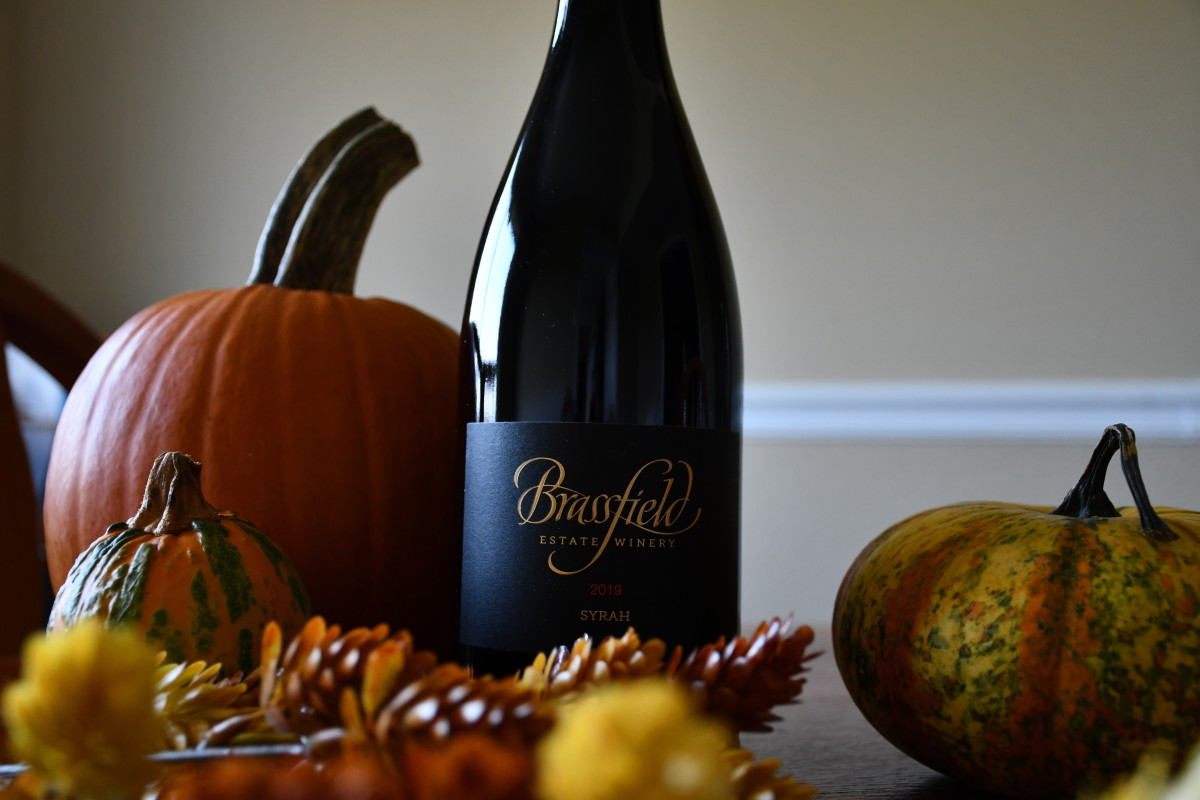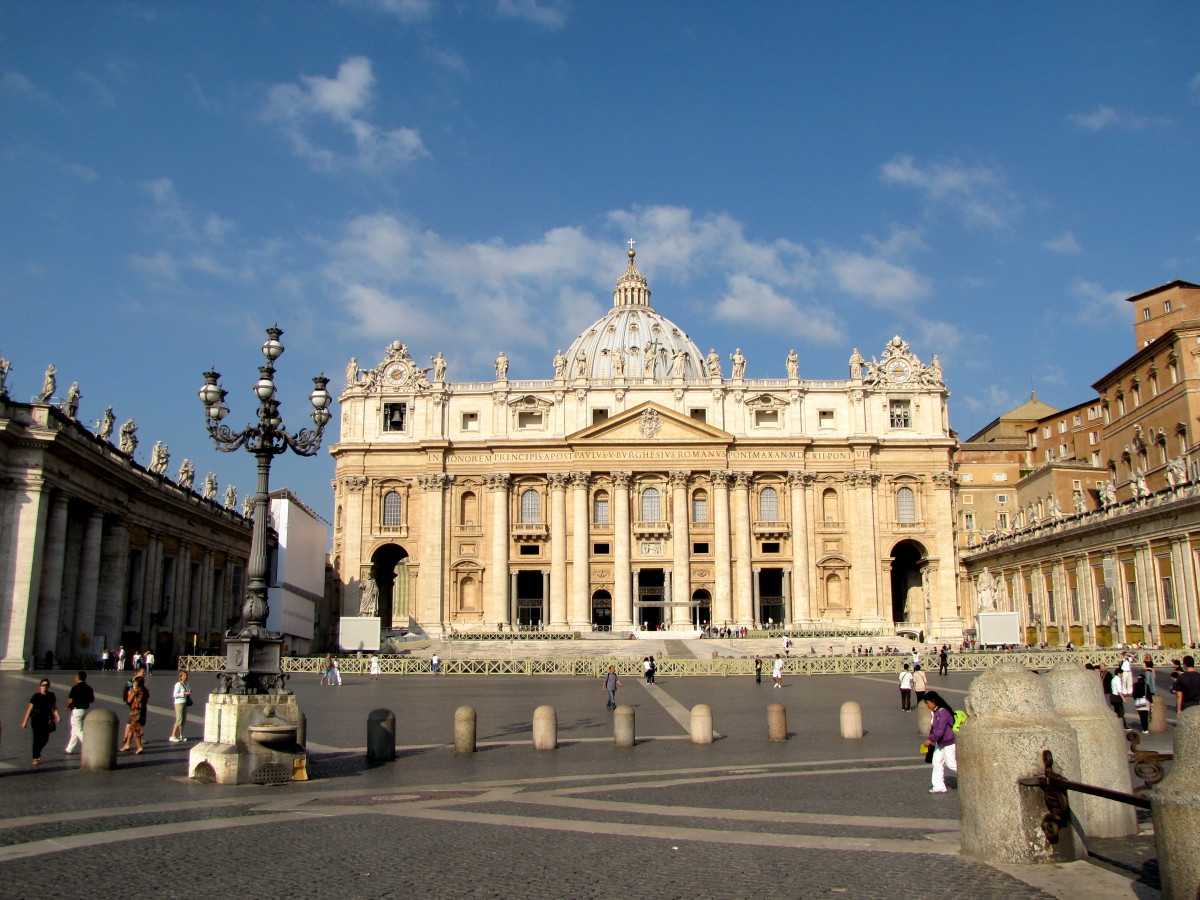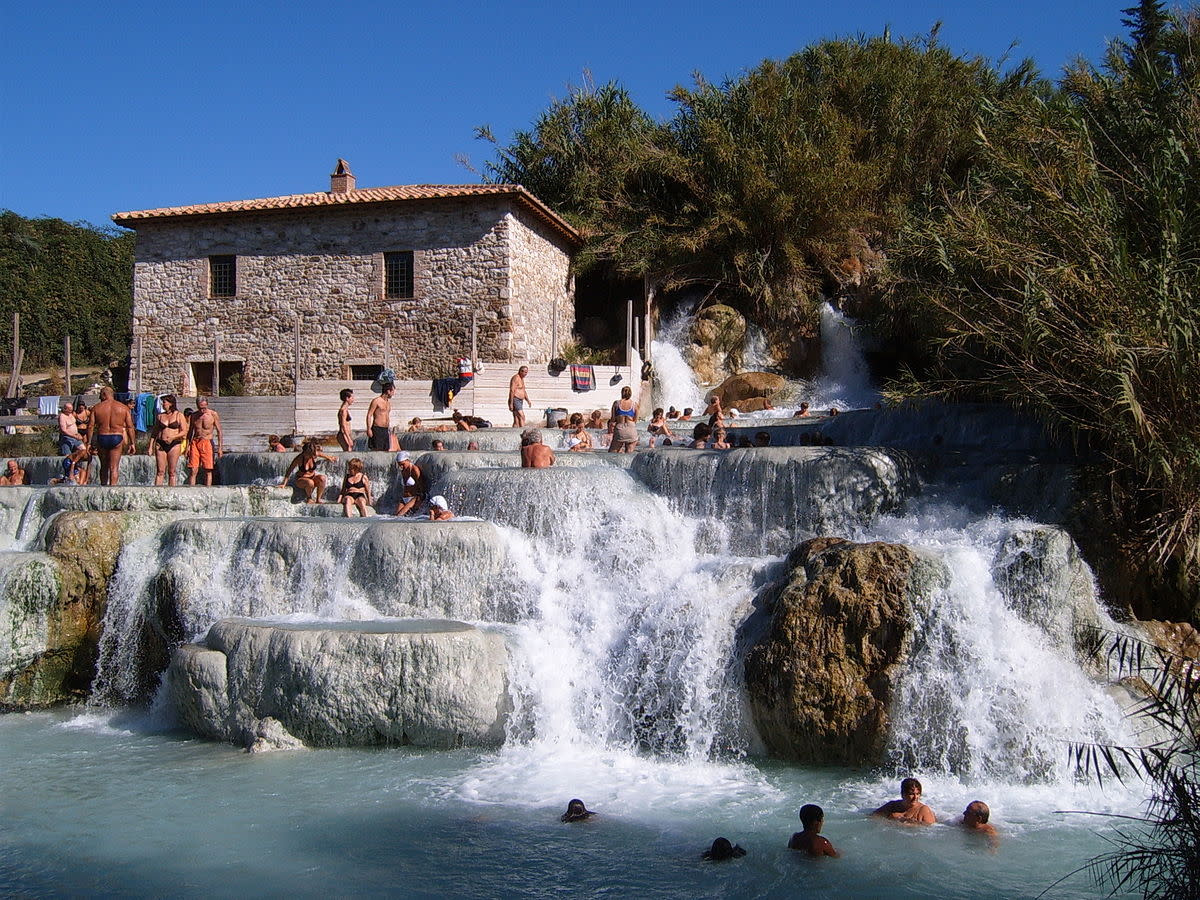Italian Wine-Tasting What Is the Best Option?


One of the things on many travellers bucket list when in Italy is perhaps to spend a day on a wine tasting tour.
For the experienced traveler visiting the city of Rome, early starts are nothing new and foggy mornings are easily forgotten with the excitement of the trip ahead. But add in the hot Mediterranean sun, a midday carbohydrate-rich lunch, two or three glasses of strong red and white wine, and even the compass carrying trekker will be ready for a little afternoon nap well before hitting the bus home along the hot and dusty Autostrada.
Tuscany where many of the main vineyards are located, is very beautiful once you get there but the journey to and from this remote area is less so. Taking an organised twelve-hour roadtrip, unless it's to try something rare and special, can feel like a lot of hassle.
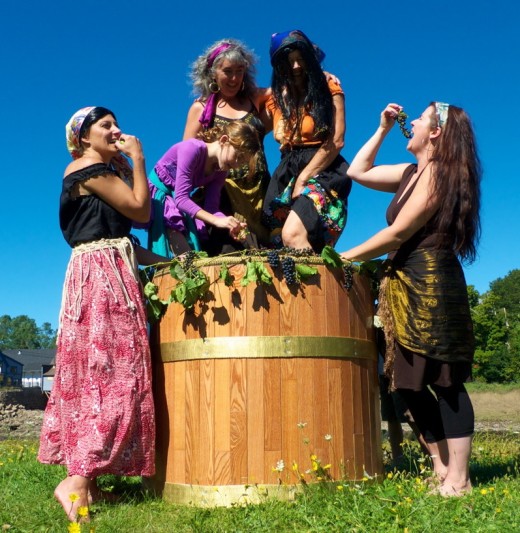
Wine Scandals
In 2008 two wine writers reported a story that the globally famous Italian wine Brunello di Montalcino was allegedly mixed with inferior grape varieties during production. The Italian press quickly picked up on the news calling it Brunellopoli, a reference to an earlier Italian political bribes scandal. The article cantered around the issue of how this wine is traditionally made from Sangiovese grapes but alternative lesser quality grape varieties but here they were allegedly added to make the wine darker. To tackle the problem in 2008 the wine producers of the area voted virtually unanimously to exclusively use the Sangiovese grape variety in Brunello production.
The additional background to this story was that many wine producers historically in Tuscany had been unhappy since the 1970s, with the legal rules governing the production of Chianti wine and were already pushing for mixed wines eventually creating today's Super Tuscan wine.
Road trip
If you decide that the full countryside based vinery tour is not what you want to do, you might on reflection feel that you missed out on splendid views, the views of fields, acres of crops of fragile waving green vine leaves fluttering over sun ripened fruit. Relax the truth is a lot more prosaic. The reality is that most modern vineries are now very far from thier former traditional rustic folklore image. Industrial grape crushing mechanical presses are now used instead of barefoot maidens. For the tourist visitor the experience of looking around a factory is well like looking around a factory, it is a fun day out for the budding industrial engineer or student chemist but for the average visitor seeing the mechanics of large industrial scale wine production can be a shock. One sterile high tech Tuscan based vinery has even placed its entire wine facility on enormous coiled springs to protect it's fragile cargo from earth tremors in this seismic part of Italy. Reassuringly at least for now both old and new Oak barrels are still used for storage and to impart flavour to the wine.
luckily Italy is one of the largest wine producers in Europe, so, there is an alternative to the dreaded road trip wine tour.
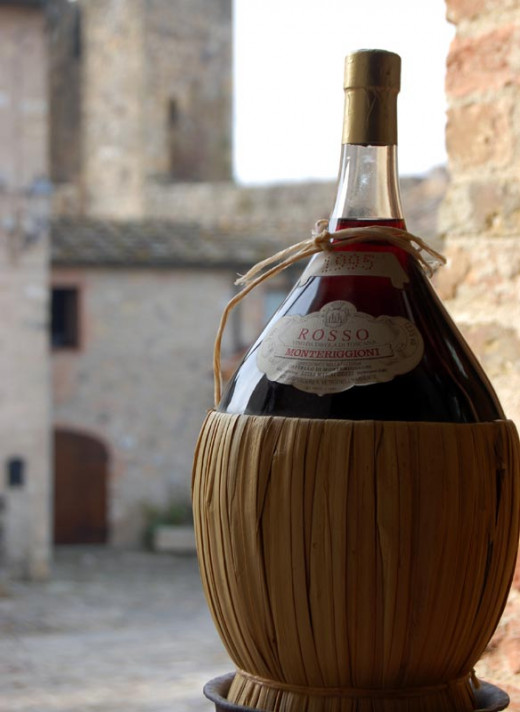
Sell out Tours
The options available to the tourist wine lover are numerous and a growing number of companies are now catering to this walking to venue tasting group market. Let's look at the four main options.
Enoteca
Perhaps the easiest way for the visitor to Italy to experience the world of wine is to visit an Enoteca. Since early times these have been where vineyards showcase their wine to clients.
The patron can try differing wines expertly paired with small amounts of dried meats, cheeses and pesto sauces some even augmenting their plates with jams and cut vegetables. The added advantage is the possibility of buying wine by the crate, in bulk, to send home after trying a sample.
Dégustation
Dégustation is basically when you sit back and eat and drink a variety of wines and try the chef's signature dishes, it is similar to a fine dining experience or tasting menu and quite expensive.
Guided Restaurant tour with wine
Trattoria tours are by far the cheaper option and will include a walk around a number of different basic family owned restaurants often "with local" or someone knowledgeable about the area. This local guide will probably be a wine enthusiast or wine lover rather than a full sommelier. This option is a fun way to be introduced to wine culture, with food pairing while being taken on a walking circuit of different restaurants. This is Wine tasting at an introductory level with quality tastings but limited in scope since the guide will probably be a "wine lover" knowledgable but not certified with qualification.
However the main advantage of having the company of a local guide (who may be related to the restaurant's owners) is having someone willing to help with cultural or language issues. Also, a great chance to ask the proprietors direct questions that would be difficult to ask in a vinery. The answers will be interesting as in Rome they go for unusual dish pairings and drink sweet wines and liquors with desert.
At least one tour breaks this expectation by including a sommelier who offers examples of unsuccessful food pairing for the intrepid tourist to try.
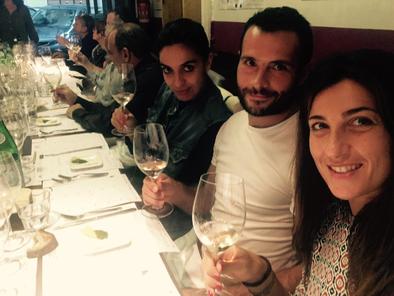
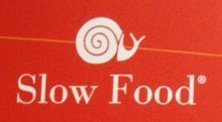
Slow food movement
With its little yellow snail logo the slow food movement was started in the 1980's as a way to preserve cultural traditions and promote fresh food and resist the rise of fast food.
In recent years a food retail group called Eataly has done alot to bring a credible wine tasting experience to thier Rome and Milan stores dedicating an entite floor section to wines complete with a mockup of a vinery tasting area.
The movements effects have been diverse and for the non drinker alternative food tastings have become available as tours that include: olive oil tasting and gelato tasting.
Wine and food Lab
As a racial group, Italians are tribal and very proud of thier food. In the 1990's a new food movement called the Slow Food Movement became popular in Italy. It was characterised by a growing interest in locally sourced quality food and a new way of looking at raw ingredients.
Food tours that reflect this growing body of knowledge, are normally based in well designed modern kitchens, styled as semi laboratory spaces with a number of cooking stations and preparation areas or set within bespoke tasting host spaces.
Wine tours of this type are difficult to characterise as each has something unique, but basically they all have a greater degree of in-depth instruction in the area of food and wine. These tours will have an expert Sommelier, a certified professional who has a specific wine qualification that allows him or her to steward your wine tasting experience based on a deep knowledge of the wine industry.
This learned oracle will present a view about dinning and beverage with a talk through around 5-10 wines with in depth information on food pairings often with notes. If one is lucky it will include tastings of wines with Italy's higest classification wines (DOCG).
You can expect a description of different types of tasting, grape variety, different wineries and at least a sniff of other wines, with perhaps a discussion on wine colour and the use of oak casks in the aging process (Baricato).
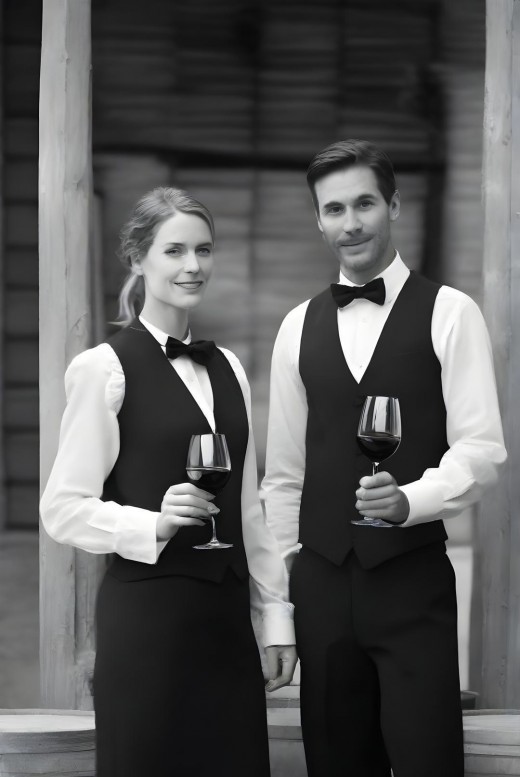
Sommelier courses
For the expert wine drinker whose liver is still in great shape, short introductory courses to becoming a Sommelier are available held over a few days. Some courses offering a basic qualification. Those taking this type of course should be aware that this prestige role also covers other beverage types and a qualified sommelier would be able to offer advice on all areas of dinning and service.
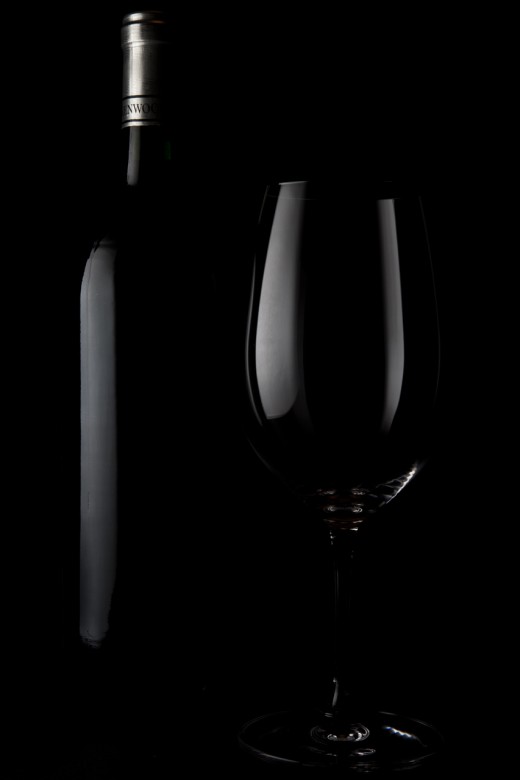
Big Hands
For those new to wine tasting, it is important to remember that some full-body wines have big hands the same hands that will shake your head the morning after the night before. The correct term is Congeners which are toxic chemicals that are formed during fermentation and the main component coming from the thicker skins of certain grape varieties. Primitivo for example from Puglia in Southern Italy is often called the Traditore or the Traitor as its cool fruity refreshing flavour masks a high alcohol content wine.
The nasty little secret
Sulphites are a category of chemicals commonly used in the agro-food industry as preservatives. They have two main tasks: the first is to inhibit the action of micro organisms (bacteria) that could cause the product to deteriorate. The second is to work on certain enzymes commonly found in foods and that, under the action of oxygen face the deterioration of the organoleptic characteristics of the wine in question by losing the original flavour and taste to the product.
During the fermenting process, it is added to stop the wine fermenting further or keep white wine from discolouring. The good news is that non-added sulphate wines or very low sulphate are now becoming available to the market. You can test your sensitivity by eating dried apricots that have high levels of sulphur dioxide. Some (under 10 percent) have minor irritation but for Asthmatics, the reactions may be more severe.
How to prepare for a wine tasting.
Lots has been written about this preperation but its really a medative moment as once you embark on and start the process you become more conscious of the entire tasting experience.
It's a good idea not to wear strong scent as it is also an olfactory experience and strong perfume will change the taste profile of the wine. The same goes for eating spicy food and you guessed it raw onions.
Technically the tasting process is a two stage process, the initial hit of the wine including the colour and then the mental analysis as one picks up flavours with flavours and compares them to known flavours.
Make sure you don't have a cold or sore throat it will destroy the tasting process.
If you wear glasses for reading bring them along, you will be looking at wine in detail.
Finally don't forget the glass part. The most suitable for wine tasting should be glass crystal clear, transparent, thin, perfectly dry and clean. It is preferable that it be colourless and free of writing, just to be able to appreciate all the colour nuances that the wine offers.
You really need to get your nose into the glass to sense the different aromas, sniffing the cork from the freshly opened bottle will also give you an idea of the wines health. Get a wine glass and practice swirling the wine around, it's good to do as it allows the air to mix with the wine and release more complex flavours.
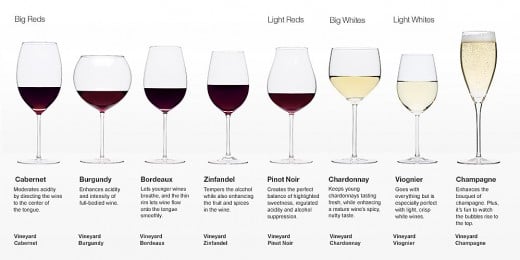
The Grape Harvest.
The rare chance to participate in a real Vendemmia or grape harvest can be one of the most memorable experiences in a young persons life.
The incredibly hard physical work of actually harvesting grapes by hand with sharp grape clippers and the sense of community at the end of the fruit collection, with the reward of an evening meal and quantities of wine is unforgettable. Depending on the summer and autumn weather the harvest is conducted in Italy from late August to October or November.
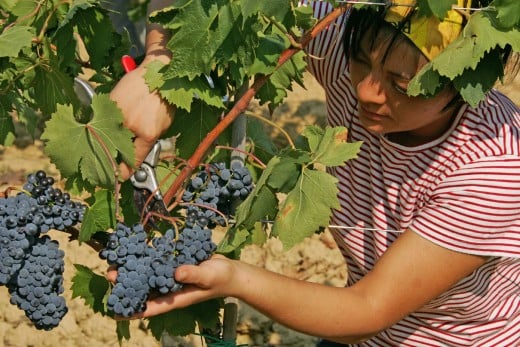
Sommelier
Look out for this word this means someone who has a qualification a wine steward who knows about pairing food with different wines. He or she will have an in depth knowledge of current events within the wine industry and is your guarantee that what you are drinking is of a professional standard.
- How to Taste Wine and Develop Your Palate | Wine Folly
Learn an advanced but easy-to-learn technique on how to taste wine. These 4 steps will help you identify a wine's unique flavors.
I cook with wine, sometimes I even add it to the food.
— W.C. Fields, circa 1930’sWine Quiz
view quiz statisticsSome Wine Tasting Options
- Top 5 Best Places for Wine Tasting & Wine Tours in Rome
Enjoy Amber Paulens superb article on this subject. - Wine Tasting in Rome
Bonappetours extensive list.
Tasting alternatives for non drinkers
- Olive Oil Tour - Extra Virgin - Le Baccanti
Taste Tuscan extra virgin olive oil near Florence. - The Gelateria Guide of Rome. Best Gelato in Rome
Our favourite gelato (icecream) and gelaterie in Rome
The Ultimate Guide Book
This content is accurate and true to the best of the author’s knowledge and is not meant to substitute for formal and individualized advice from a qualified professional.
© 2017 Adele Barattelli




